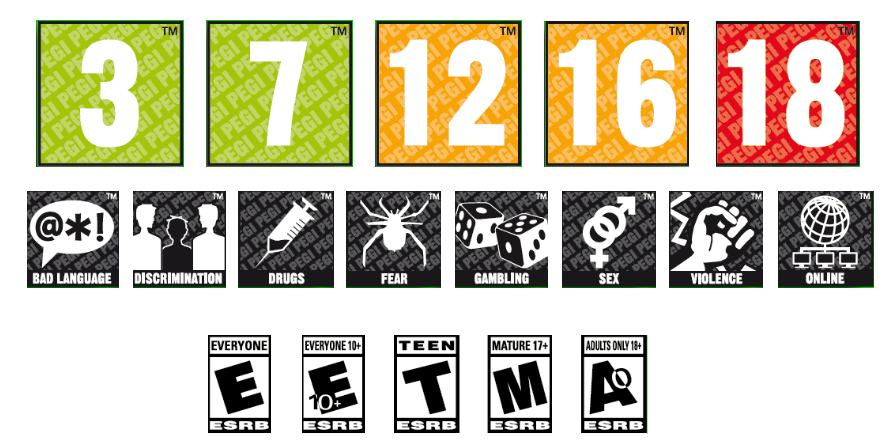The landscape of entertainment franchises is undergoing a seismic shift, propelled by the global reach of today’s content. As creators explore new platforms, the success of a franchise in one medium inevitably leads to adaptations in others, creating a vast interconnected universe. From books to films, video games to TV shows, the expansion of these universes brings forth a unique set of challenges.
Let’s delve into the intricacies of cross-medium franchise localization, dissecting the nuances that content creators face in preserving the essence of their intellectual properties (IPs).
Intellectual Property vs. Franchise
Before diving into the challenges of cross-medium localization, it’s essential to distinguish between owning intellectual property (IP) and having a licensed franchise. Intellectual property refers to the ownership of creations, whereas a franchise involves the extension of a brand across various mediums through licensing agreements.
The Extra Challenges of Cross-Medium Localization
Cross-medium localization introduces complexities beyond standard localization practices. Preserving the essence and integrity of IPs across all media is crucial. When working with an existing IP, additional considerations arise, laying the foundation for five main challenges.
- Consistent branding and experience. Maintaining a consistent brand and experience across cultures is a formidable task. Localization teams grapple with adapting taglines, catchphrases, and brand elements. In video games, the challenge extends to maintaining consistency in lore, characters, quests, colors, and graphic style. Whether working with an original IP or a franchise permit, the localization team navigates a delicate balance between creative freedom and adherence to existing guidelines.
- Navigating cultural nuances. Adapting a franchise demands an understanding of the cultural nuances inherent in each medium. Video games, with their interactive nature, introduce complexity with mandatory and optional content. Localization must focus on preserving the storytelling without detracting from the narrative. Cultural adjustments are often required to navigate sensitive topics, such as religion and politics. In video game localization, testing becomes crucial to evaluating fluency and audience feel.
- Adaptations for target audiences. Different mediums cater to distinct audience preferences. Video game adaptations, for example, require attention to interactivity, involving descriptions, menus, interfaces, commands, tutorials, and more. Cultural adaptations may involve rewriting for age regulations or censorship. Striking a balance between fidelity to the source material and catering to the medium’s strengths is paramount for satisfying both existing and new audiences.

- Technical challenges. The video game industry presents technical challenges in integrating translations into the game’s code. Reading order, language layout, and contextual accuracy during in-game testing can’t be overlooked. This shows localization in gaming goes beyond translation—it’s a multifaceted, layered process that demands early involvement in the production cycle.
- Logistical considerations. Tight schedules and budgets underscore the need for effective project management in localization. Resource allocation ensures quality adaptations within constraints. This collaborative effort ensures consistency in branding, narrative, and overall experience across all supported languages.
The Takeaway
As entertainment franchises continue to expand across diverse mediums, the challenges of cross-medium localization become more pronounced. Navigating the intricate web of consistent branding, cultural nuances, audience adaptations, technical hurdles, and logistical constraints is essential for creators to ensure that their universes resonate globally. The key lies in finding the delicate balance between fidelity to the source material and embracing the unique strengths of each medium, creating a cohesive and immersive experience for audiences worldwide.
